Women in Southeast Asian Nationalist Movements makes a strong case for the significance of women’s involvement in nationalist movements and for the diverse impacts of those movements on the lives of individual women activists. Some of the 12 women whose political activities are discussed in this volume are well known, while others are not. Some of them participated in armed struggles, while others pursued peaceful ways of achieving national independence. The authors show women negotiating their own subjectivity and agency at the confluence of colonialism, patriarchal traditions, and modern ideals of national and personal emancipation. They also illustrate the constraints imposed on them by wider social and political structures, and show what it was like to live as a political activist in different times and places.
In Southeast Asia, there are very few biographies of women nationalists. In some countries, such as Indonesia, selected individuals are designated as official National Heroes, whose lives, in very abbreviated and sanitised form, are celebrated and studied by school children. A small minority are women. In large part, this is due to a restricted identification of nationalist movements with leaders and formal parties, which, as already stated, are almost entirely dominated by men. Until fairly recently, moreover, Southeast Asia lacked a strong biographical tradition, partly because it was unusual to single out individuals for attention as distinct from the collectivity to which they belong—the kinship, religious group or ethnic group. In the past autobiographies were even rarer, for similar reasons. With the expansion of the publishing industry in the region biographies are now quite popular, but they still rarely feature women as nationalists. The contributors will say more about their countries’ historiography in relation to women nationalists.
This book presents a number of examples of women in nationalist movements and asks various questions about them, intended to illuminate their experiences and significance. Why did they identify with a nationalist movement, and what did nationalism mean to them? The intention is to probe the origins of their identification with the nationalist movement, with its gendered dimension. If the nation was an “imagined community“, and undoubtedly in many Southeast Asian countries the very notion of nationhood had to be invented from scratch, how did women imagine it? How were they affected by the gendered ideas of their nationalist movement, for instance, the notion that women were guardians of tradition? Did they attempt to include the rights of women within the agenda of their nationalist movement—and if so, to what effect? What were the cultural, social and political factors that made them more or less successful? Did women nationalists tend to come disproportionately from particular social classes and ethnic groups? What role did modern education play in their attraction to nationalism, as against, for instance, the influence of friends and family? The authors address such questions.

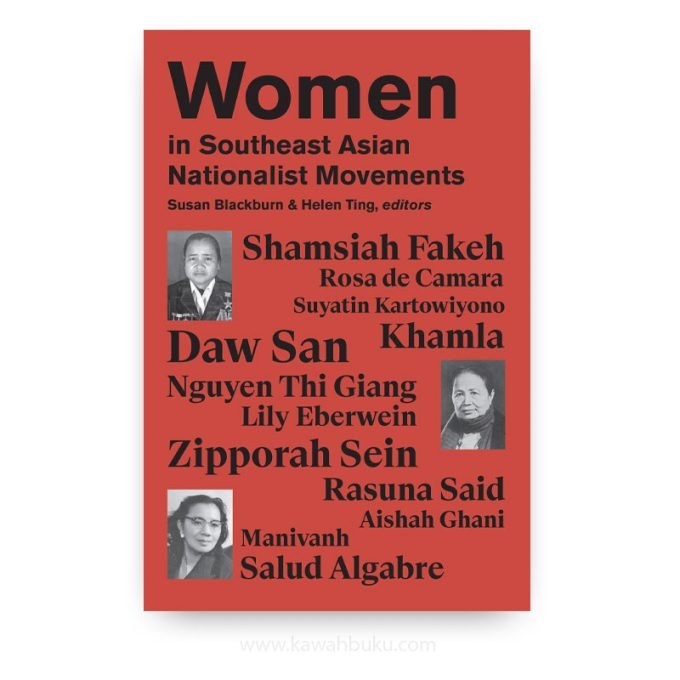
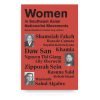
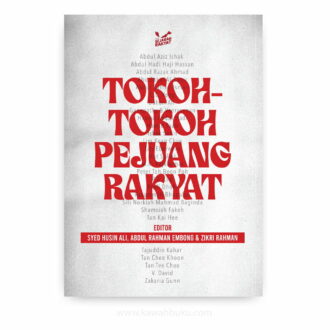


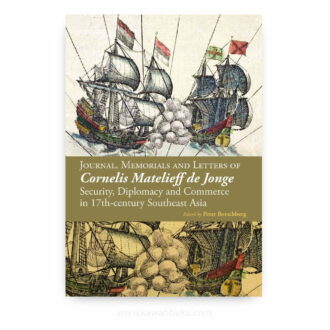
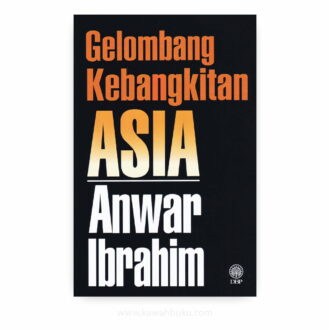
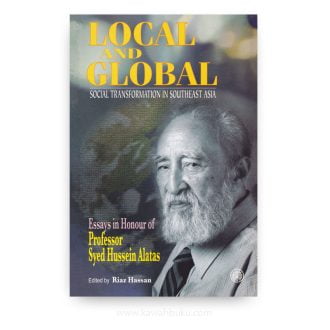
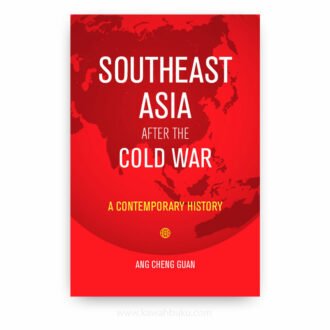


Kawah Buku is an essential bookstore that provides scholarly publication on Malaysia. The delivery process was smooth and the staff is helpful.
I would like to recommend you to shop in Kawah Buku.